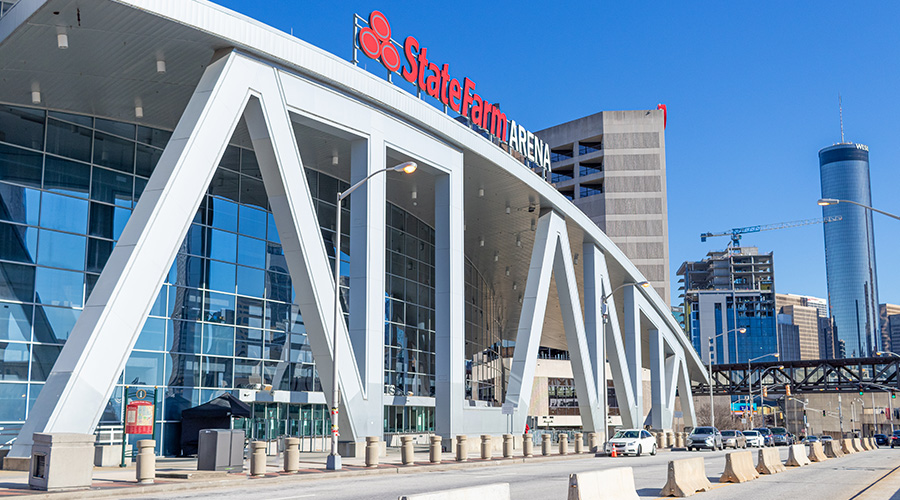Historic vs. Modern Buildings: Which are More Efficient?
Image is important when managing some of the most recognizable buildings in the United States. Nobody knows that better than the Architect of the Capitol.
“Historic preservation is always on our minds,” says Stephen Ayers, Acting Architect of the Capitol (AOC), who is responsible for the maintenance, operation, development, and preservation of the Capitol Complex. “Certainly the Capitol building is the nation’s icon, and we have to be very, very careful with the Capitol building and many of our other historic buildings.”
The Capitol Complex features buildings between 25 and 215 years old, Ayers says. But when trying to determine the energy efficiency of these facilities, older does not always mean more inefficient.
“The Russell building (right), which is 100 years old next year, has the best energy intensity of all the Senate buildings,” Ayers says. “So it’s interesting, and it’s probably because of the substantial construction material used. Some of the walls over there are 3- and 4-feet thick. That surprised us that the energy intensity there was much better than the much newer buildings in the Senate.”
Working in an older, historic building does have its challenges related to facilities management, Ayers says. But the AOC’s efforts to modernize and improve the energy efficiency of the oldest buildings in the Capitol Complex have not been more difficult, compared to the newer facilities. No matter a building’s age, one principle remains at the forefront of the AOC’s decision making when renovating or retrofitting its facilities.
“From a historic perspective, we would want to be very careful about doing any damage to the building that ultimately couldn’t be replaced back to its original condition,” Ayers says. “The basic tenet of historic preservation.”
Related Topics:















